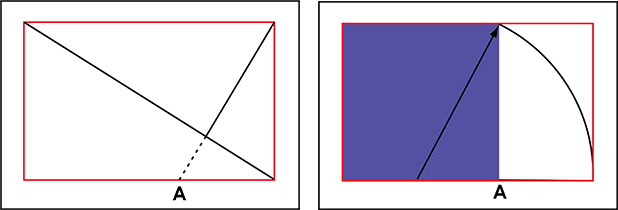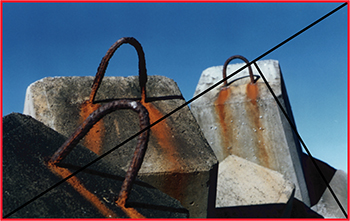Richard Caladine Explores Abstracts, Close-Ups and Textures
(first published in Photo Review magazine Aug/Sept 2004)
When an image is surrounded by a frame, whether it is an ornate one or simply the edges of the image, the way we see it is very different from the way we see an unframed subject. The frame causes our eyes to traverse the image in a different fashion, and our brains work differently to interpret a two dimensional representation of a three dimensional subject. For these reasons how a photographer arranges the subject within the frame of a photograph, or places the frame around the subject, is vital to the end result. The same can be said for any framed image such as paintings, television and cinema screens.
There are a number of techniques that photographers can use to create images that are visually balanced and hence pleasing to the eye. Some photographers seem to use these techniques naturally while others strive to acquire them. A balanced image is not necessarily a symmetrical one, but one that looks harmonious. For example in a landscape a small area of detailed subject can be visually ‘balanced’ by a Iarge area of sea or sky.
One compositional technique is to use an internal frame or ‘natural frame’ to enhance the image in several ways. lnternal frames can provide the illusion of depth in a two- dimensional image and, by reflecting the external border of the image, guide the viewer’s eye to the subject. The overall effect can be a better-looking picture.
Other techniques of composition that lead to photographs that are generally pleasing to the eye are the ‘Rule of Thirds’ and the ‘Golden Mean’. Guidelines that allegedly lead to better looking images are subjective and should not be religiously adhered to. Rather they are general guidelines that should be applied creatively, sparingly and even on occasion ignored when the subject calls for it.
Essentially, beauty is in the eye of the beholder. For many years artists and photographers have used the Rule of Thirds in the composition of their images. The Rule of Thirds is based on the idea that symmetry and centred compositions often look ordinary or boring. Many newcomers to photography position subjects in the centre of the frame and, while this may emphasise the subject, it can produce images that look dull.
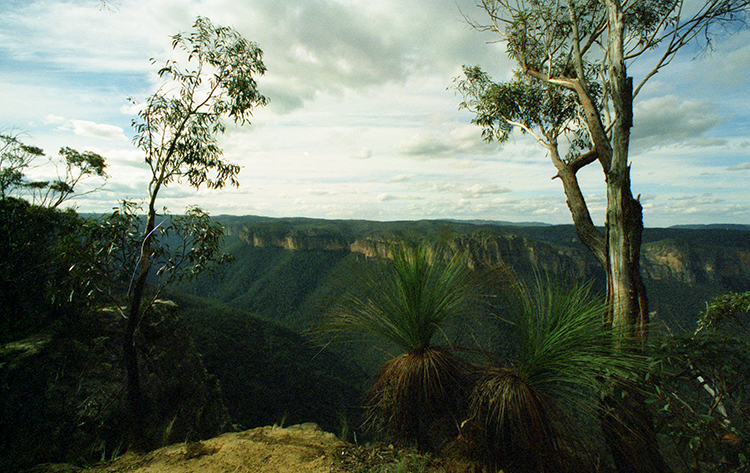


Centred or symmetrical compositions can boring or ordinary.
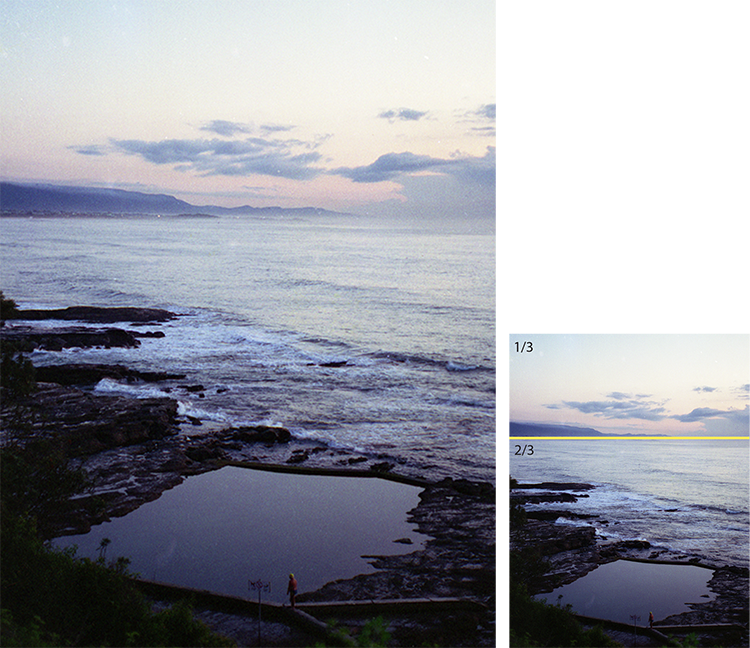
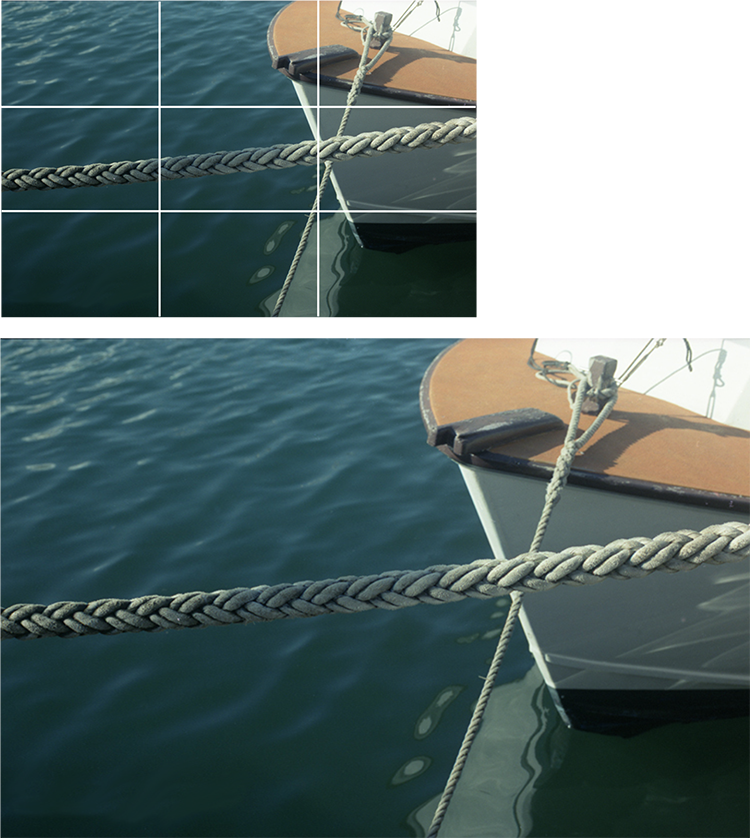
The rule can be used in two significant ways. The image can be divided approximately into two sections of one third and two thirds. This works particularly well when there is a strong division in the image such as an horizon. Another way to use the Rule of Thirds is to imagine lines that are parallel to the frame but one third in from the edges. lf important elements of the composition are placed on or near them, the result can be a composition
that is pleasing to the eye. If special elements of the composition are placed on or near the intersections of the horizontal and vertical third lines, good looking images are more likely to result. [Editor’s note: many digital cameras – and some film SLRs – include on-demand grid screens with Rule of Thirds divisions.]
It is important not to overuse the Rule of Thirds. For example, leaving a line unattached to an element of the picture often enhances the result.
THE RULE OF THIRDS IS BASED ON THE IDEA THAT SYMMETRY AND CENTRED COMPOSITIONS OFTEN LOOK ORDINARY OR BORING.
Another compositional technique is based on the Golden Mean. The Colden Mean is an ancient ratio, approximately equal to 5:8. Rectangles with sides in this ratio were said to have “divine” proportions. Interestingly the 35mm format is very close to this ratio. There are several ways that the Colden Mean can be used in composing photographs. One is to use geometric diagonals to lead the eye through an image. A line drawn from a corner to the diagonal of a rectangle of Colden Mean proportions-as shown in the diagram provides a framework that leads the eye through the image in a visually appealing manner. The rectangle and lines can be flipped and rotated to provide guides to different compositions.
These guides to composition can be used for landscapes and scenes but are also handy for many subjects including still life, portraits and any subject where there is a specific point of interest or where the shot can be divided into sections. They can be used for images in the vertical (portrait) or the horizontal (landscape) configuration. However, when printing, the aspect ratio of the paper may not be the same as the aspect ratio of the image. This may cause some cropping of the image to occur and hence change the proportions of the composition. While much can be done with image manipulation software to tweak or refine the composition, it is important to consider the output format when composing in the viewfinder.
Richard Caladine is the coordinator of Learning, Innovation and Future Technologies(LIFT) program at the Centre for Educational Development and Interactive Resources (CEDIR), University of Wollongong.
